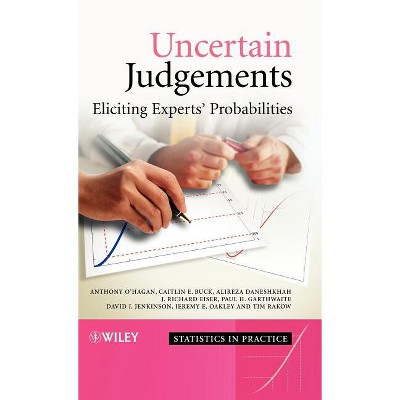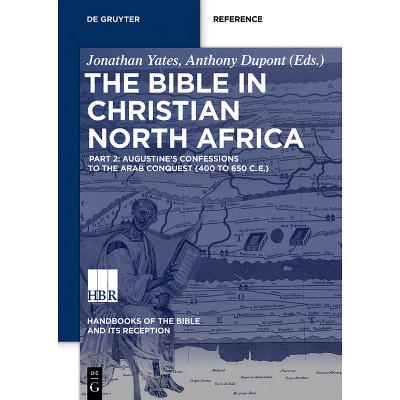Sponsored

Per- And Polyfluorinated Alkyl Substances - by Ravi Naidu & Megh Mallavarapu & Yanju Liu & Anthony Umeh (Hardcover)
In Stock
Sponsored
About this item
Highlights
- Per- and polyfluorinated alkyl substances (PFAS), have long been utilised in many household products including as firefighting foam to manage fires.
- About the Author: Ravi Naidu, Megh Mallavarapu, Yanju Liu, Anthony Umeh, The University of Newcastle, Australia.
- 655 Pages
- Science, Chemistry
Description
About the Book
Per- and Polyfluorinated Alkyl Substances are used in household products and are linked to adverse health effects leading to class actions in US and other countries. This unique book discusses the dynamics of PFAS in the environment by capturing theBook Synopsis
Per- and polyfluorinated alkyl substances (PFAS), have long been utilised in many household products including as firefighting foam to manage fires. However, PFAS have been linked to numerous adverse health effects leading to many class actions in US and other countries. This book, for the first time, discusses the dynamics of PFAS in the terrestrial environment by capturing from the literature the latest information on the composition of PFAS, nomenclature, measurements including many challenges relating to analytical science, presence of PFAS in the environment including their nature, fate and transport of PFAS, toxicity, regulatory considerations and risk and remediation. The book summarises the many challenges linked to remediation and why a risk-based approach is the best strategy for managing PFAS contamination.
Key Features:
- Overview of PFAS including their presence, nomenclature, use, physicochemical properties, historical use, persistence, transport, and exposure pathways in the environment
- In-depth discussion on analytical measurements including analytical challenges
- Case study of the nature, the extent of PFAS contamination in the environment
- Fate and Transport of PFAS in the environment including why existing studies are limiting and what more needs to be conducted
- Toxicity of PFAS including threshold values for safe water, food, etc.
- Regulatory perspectives including guideline values
- Risk Management and remediation
- What it means should we move towards zero PFAS future
- Conclusion
About the Author
Ravi Naidu, Megh Mallavarapu, Yanju Liu, Anthony Umeh, The University of Newcastle, Australia.
Shipping details
Return details
Frequently bought together


Trending Non-Fiction















